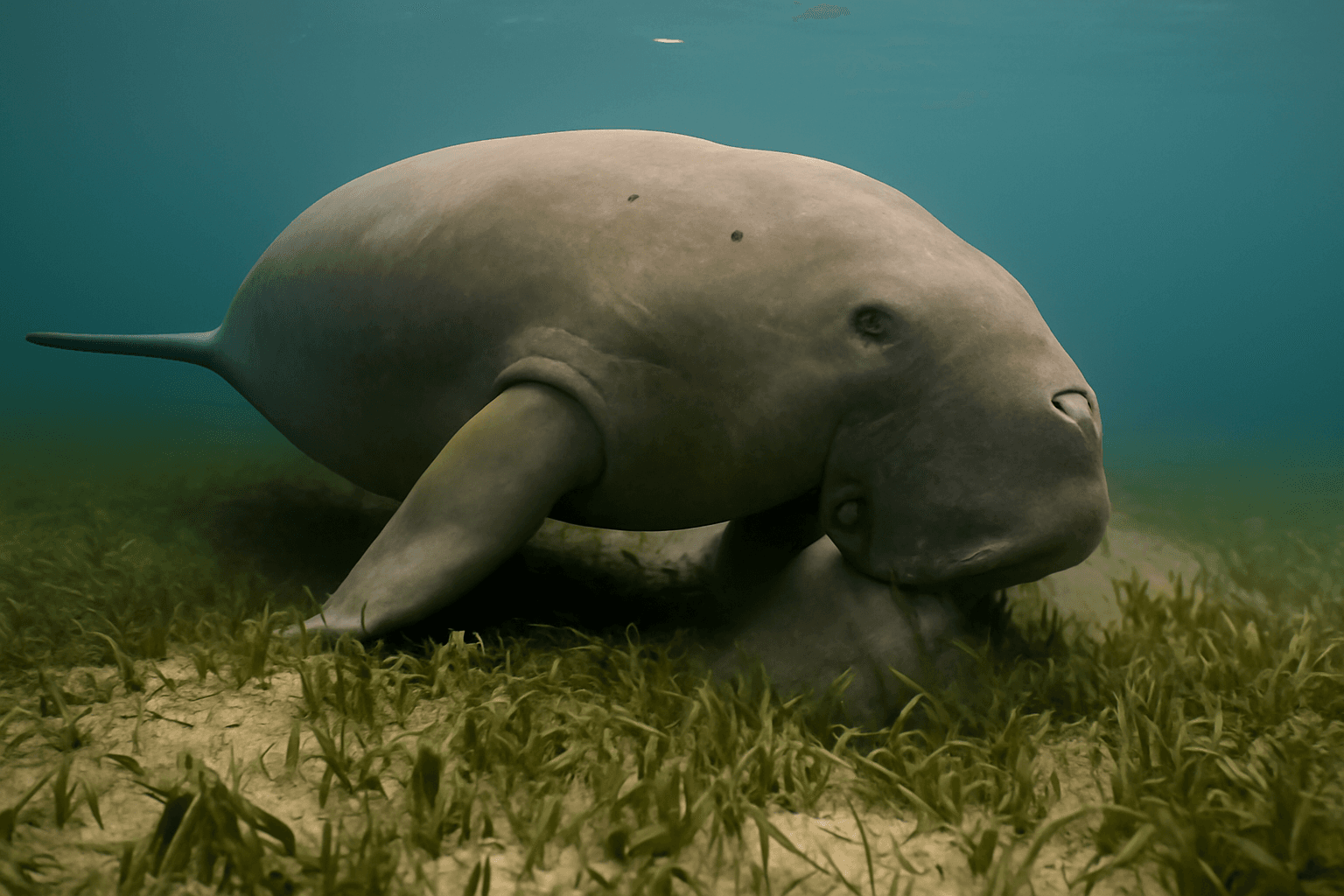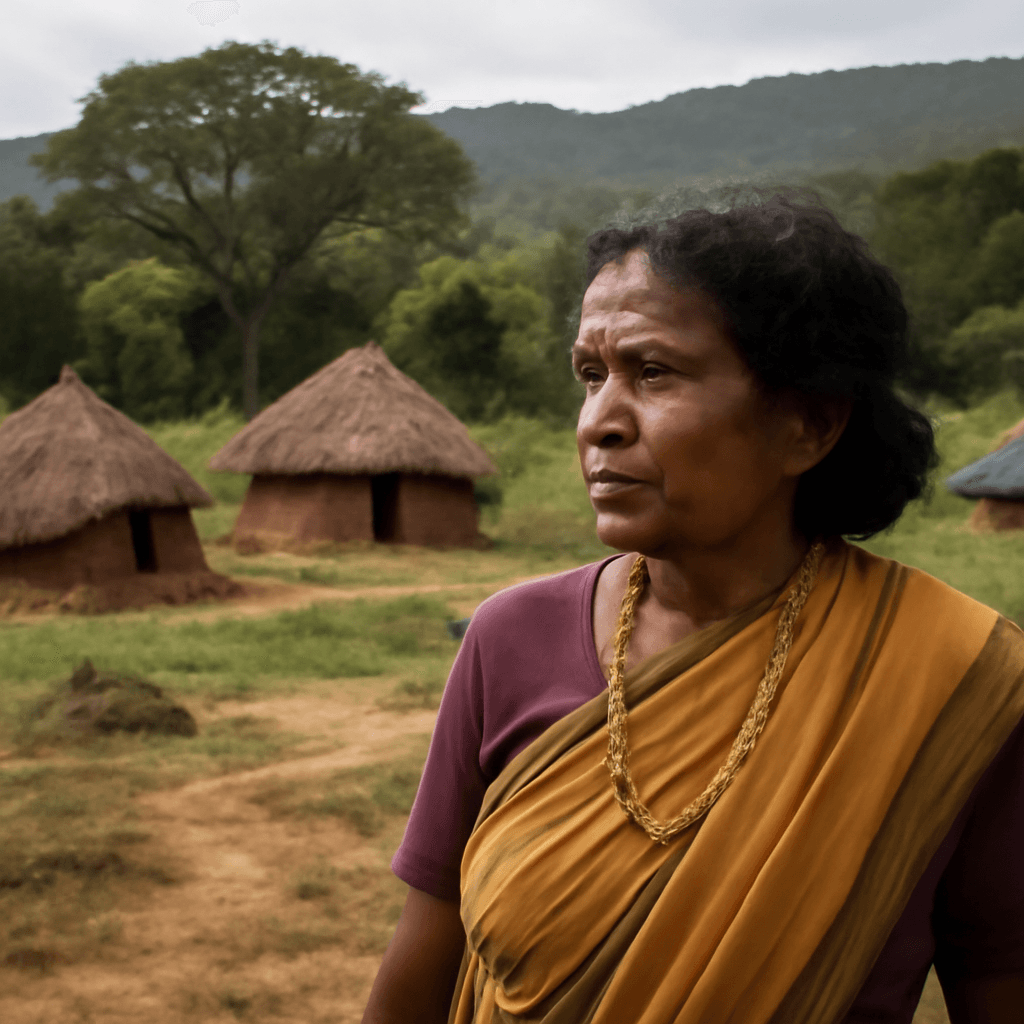Endangered Leopard Captured on Camera in Bangladesh
Photographs taken by camera traps have provided compelling evidence that the elusive and endangered leopard still roams the dense forests of Bangladesh’s Chittagong Hill Tracts. These images have sparked hope among conservationists fighting to save this critically endangered feline species.
Significance of the Discovery
The Creative Conservation Alliance (CCA) shared the striking images showing the leopard emerging from lush greenery along the border region adjoining India and Myanmar. According to CCA research officer Sourav Chakma, "We must prioritize the protection of this species to prevent its extinction."
Conservation Status and Challenges
Globally, leopards are classified as vulnerable by the International Union for Conservation of Nature (IUCN). However, in Bangladesh, the species is considered critically endangered, with its survival in the wild hanging by a thread.
Zoologist Monirul Khan from Jahangirnagar University emphasized the rarity of this sighting, noting that earlier evidence mostly came from paw prints and fleeting glances. He remarked, "This extremely rare and secretive species’ recent photographic documentation underscores the vital role of the Chittagong Hill Tracts as a key wildlife habitat."
Threats and Conservation Efforts
Leopards once thrived in the forested landscapes of Bangladesh. Yet, habitat destruction, decline in prey, and poaching have severely impacted their population. These challenges continue to threaten not only leopards but other big cats in the region.
Bangladesh also hosts a tiger population, predominantly in the Sundarbans mangrove forest shared with India. A recent survey conducted in October 2024 recorded 125 tigers, marking an increase from 114 in 2019 — a positive sign amid conservation efforts.
Protecting Bangladesh’s Wildlife Heritage
The photographic proof of these leopards serves as a clarion call for strengthened conservation initiatives. Safeguarding their natural forest habitats in the Chittagong Hill Tracts is critical to ensuring the survival of these majestic creatures for future generations.











